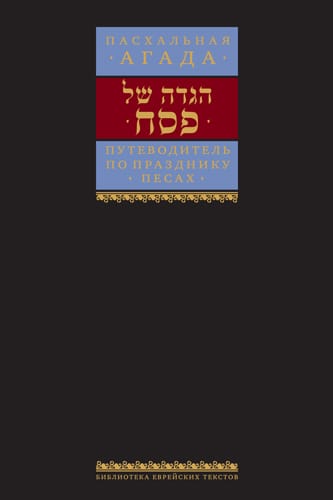Read this article on FJC.ru and Lubavitch.com
As the outreach director of Friends of Refugees of Eastern Europe (F.R.E.E.), Rabbi Yosef Mishulovin has seen an estimated 5,000 Russian Jews grow in sophistication and understanding of the holiday, and that’s bringing new challenges.
When Russian Jews first attended an authentic Seder, the experience—the bit of chicken, the soup, and the cake—was exciting enough. Now, everyone’s on a diet. What they want now is spiritual food, said Rabbi Mishulovin.
That’s why he’s awaiting a delivery of spiritual food for his community in West Bloomfield, Mich. : a new 500-page Russian-language Passover guide and Hagaddah.
Laws of Passover with Selected Commentaries was written to satisfy very different groups of Russian Jews, according to Rabbi David Okunov, associate program director at F.R.E.E. headquarters, which published its first Russian language Hagaddah a quarter-century ago.
It’s deep enough to satisfy people who have outgrown the mass community Seder and want to do their own, with real meaning and feeling, and it’s written in a style that will interest those who page through the Hagaddah as they wait for the soup, said Rabbi Okunov.
Laws of Passover and Hagaddah with Selected Commentaries is the latest addition to the Library of Jewish Texts, an ambitious project to translate core Jewish texts that began with annotated prayer books and should eventually encompass 70 volumes.
The call for a more thorough treatment of Passover was answered by F.R.E.E. publishing house. Working in conjunction with Moscow-based Lechaim Publication House, and funded significantly by the Rohr Family Foundation, the resulting weighty tome offers an exploration of the holiday’s history, ethical and philosophical basis, laws and customs along with the technical how-tos of getting ready for Passover, said Rabbi Boruch Gorin, editor-in-chief of Lechaim.
An initial run of 10,000 copies is rolling off the presses in Russia. Five thousand more are being printed simultaneously in the U.S.
The Library of Jewish Texts board pushed the Hagaddah project ahead of the translation of the Five Books of Moses and its fundamental Rashi commentary. Demand for the Hagaddah was that great.
Hagaddahs are used by more Jews, even more than the prayer book, said Rabbi Okunov.
I’ve received many requests for a Passover guide in Russian from rabbis from near and far, by e-mail, fax, phone, Rabbi Gorin confirms. Passover is one of the most popular holidays. Even those who observe little else, go to some kind of Seder.
Once the Hagaddahs are in libraries of Jewish community centers in the former Soviet Union, they will be available for in-depth study by the thousands of students now attending Jewish schools from Uzbekistan to Belarus.
Rabbi Mishulovin hopes that having a comprehensive Passover Hagaddah available will inspire more people Russian speaking and not to host Russian Jews at their Seder tables.
When your guests come to a Rosh Hashanah table, you don’t give them a prayer book; you give them forks and spoons. But at a Seder, three-quarters of the experience is reading, and now they have a beautiful Hagaddah to give them.
F.R.E.E. centers throughout the U.S. and Canada will be stocking up on the Hagaddahs. They will also be available at the F.R.E.E. library in Brooklyn, N.Y.
For more information, call: 718-467-0860 ext. 123, or go to www.JRBooks.org.




